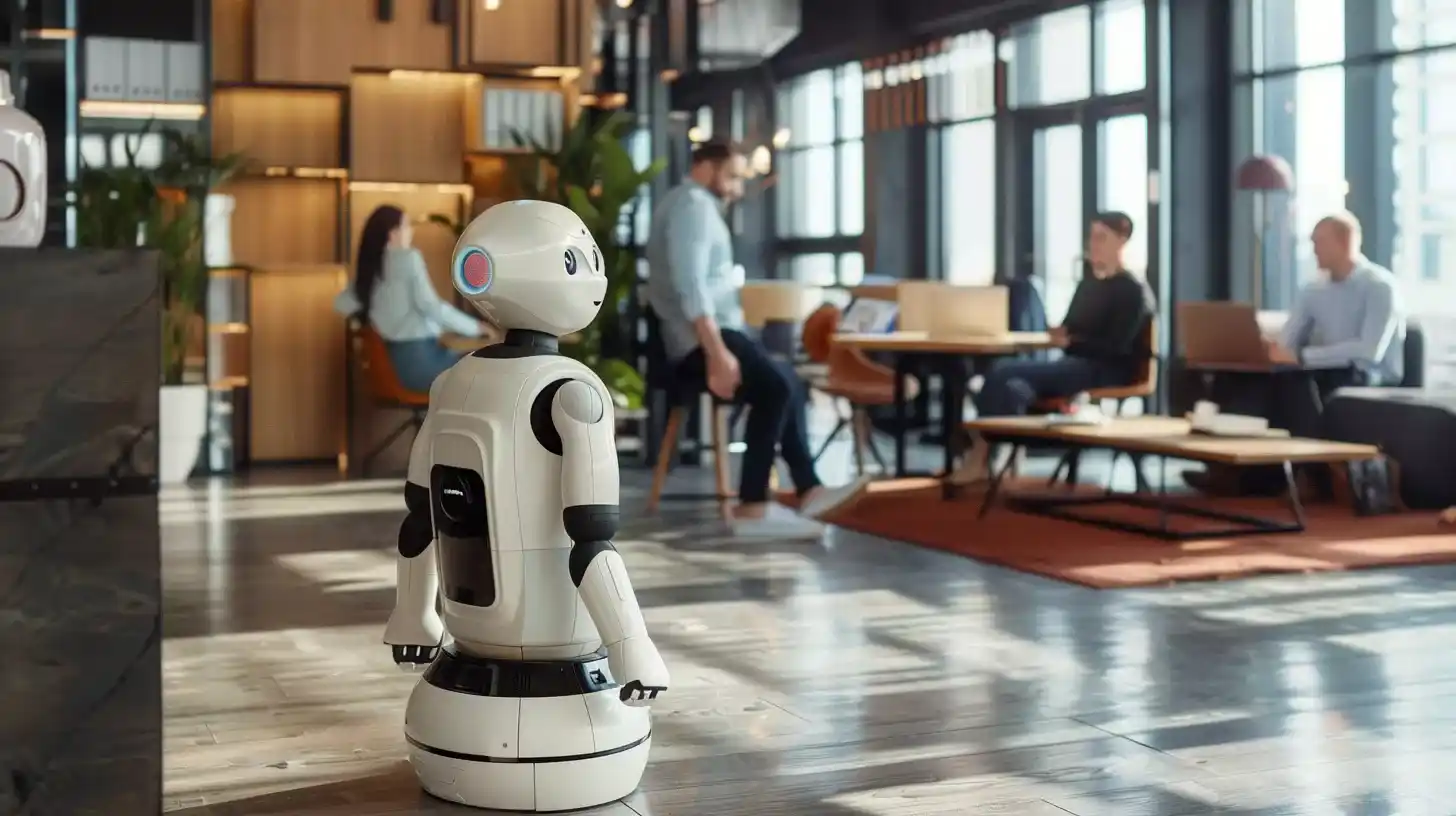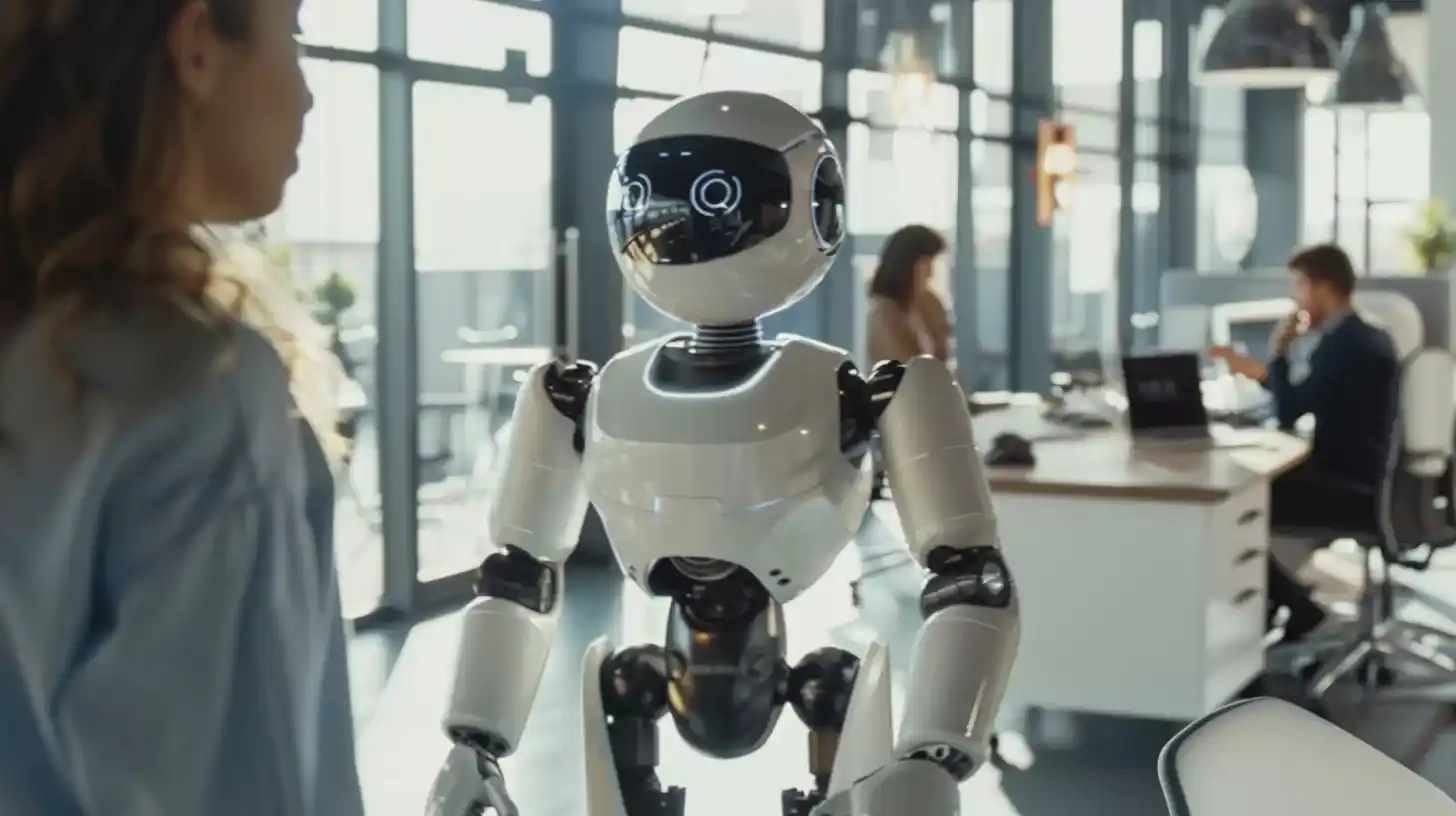Table of Contents
GPT-5: Coming Soon!
OpenAI, the organization behind some of the most advanced AI models to date, is preparing to introduce GPT-5. This model is the latest in a series of generative pre-trained transformers, which are designed to understand and generate human-like text based on the input they receive.
The company is led by Sam Altman, who has been at the forefront of AI development. The anticipation is that GPT-5 could be released within the next few months. This timeline suggests that OpenAI is in the advanced stages of development for GPT-5.
Why It Matters? The release of GPT-5 is significant because it’s expected to be more advanced than any previous model. Each iteration of these models has brought improvements in understanding context, generating more coherent and relevant responses, and being able to handle a wider range of tasks. With GPT-5, users can expect even more sophisticated interactions and capabilities.
GPT-5 is more than just a small update. It has the potential to greatly enhance AI’s ability to process and generate human language. This could have a significant impact on various applications, such as writing assistance and conversational agents. The anticipation surrounding GPT-5 is due to its ability to push the limits of what AI can accomplish.

What’s New with GPT-5?
GPT-5 is being hailed as a revolutionary step in AI technology. Those who have had the opportunity to preview it are excited about its capabilities. Here’s why:
- A Smarter AI: GPT-5 is designed to be much smarter than its predecessors. This means it can understand and interact in more nuanced ways, making it a powerful tool for businesses that rely on AI for various applications.
- More Capable: Being more capable suggests that GPT-5 can handle a broader range of tasks, possibly with greater accuracy and efficiency. This could include anything from complex data analysis to creating content that feels more human-like.
- Early Access for Businesses: OpenAI often gives businesses early access to their latest tools. This allows companies to integrate cutting-edge AI into their operations and gives OpenAI valuable feedback. It’s a win-win situation: businesses stay ahead of the curve, and OpenAI ensures their products are market-ready.
Robots That Understand Us
OpenAI’s vision extends beyond just creating intelligent software. They are now venturing into the realm of robotics to develop robots that can comprehend and communicate in human language.
The robots OpenAI aims to create will be equipped with AI that allows them to understand spoken or written language. This capability is crucial for robots to interact naturally with people and perform tasks that require comprehension of instructions or conversations.
To achieve this, OpenAI is collaborating with Figure AI, a company that specializes in robotics. This partnership brings together OpenAI’s expertise in AI with Figure AI’s knowledge of robotics hardware and software. Together, they’re working on creating humanoid robots—robots that look and act in ways similar to humans.
The ultimate goal is to have these robots work alongside humans in various settings, such as homes, offices, or public spaces. By understanding and responding to human language, these robots could assist with everyday tasks, provide company, or even offer support in complex work environments.
The Quest for the Smartest Robots

The development of intelligent robots is a competitive field that many technology companies are participating in. Here’s a closer look at what’s going on:
- NVIDIA’s Entry: Project GR00T: NVIDIA, a giant in the computing industry, has recently announced Project GR00T. This project is focused on creating a foundational model for humanoid robots. The idea is to build robots that can learn and perform a variety of tasks by understanding natural language and observing human actions.
- Jetson Thor: The Brain Behind the Bots: To power these advanced robots, NVIDIA has developed a new computer called Jetson Thor. It’s designed to handle complex tasks and interact with humans and machines safely and naturally. Jetson Thor is built on NVIDIA’s Thor system-on-a-chip (SoC), which includes a powerful GPU and other high-performance components to run AI models like GR00T.
Expanding the Horizons of AI Creativity
OpenAI has made significant strides in enhancing its AI tools, particularly ChatGPT and DALL.E. ChatGPT is known for its ability to engage in human-like conversations, while DALL.E can generate images from textual descriptions. But the latest innovation doesn’t stop there.
Sora is OpenAI’s groundbreaking addition to its suite of AI tools. It’s a program capable of creating highly realistic videos based on the text prompts you provide. Imagine typing a description of a scene and having Sora turn it into a one-minute video that looks almost real.
How Sora Works: Sora uses a diffusion model, which starts with a video that looks like a static noise and gradually refines it, step by step, removing the noise until a clear and coherent video emerges. This process allows Sora to generate videos that are not only realistic but also adhere closely to the user’s instructions.
Still Perfecting Sora: Although Sora is operational, it’s still undergoing a phase of rigorous testing known as ‘red teaming.’ During this phase, testers try to find flaws or areas of improvement to ensure that the final product is robust and reliable for widespread use.
In essence, Sora represents a leap forward in AI’s ability to create and simulate real-world scenarios. It’s a tool that could revolutionize content creation, storytelling, and digital art by making video generation as simple as writing a sentence. OpenAI’s commitment to improving and testing Sora before its official release ensures that it will be a high-quality, user-friendly tool that pushes the boundaries of creative AI technology.